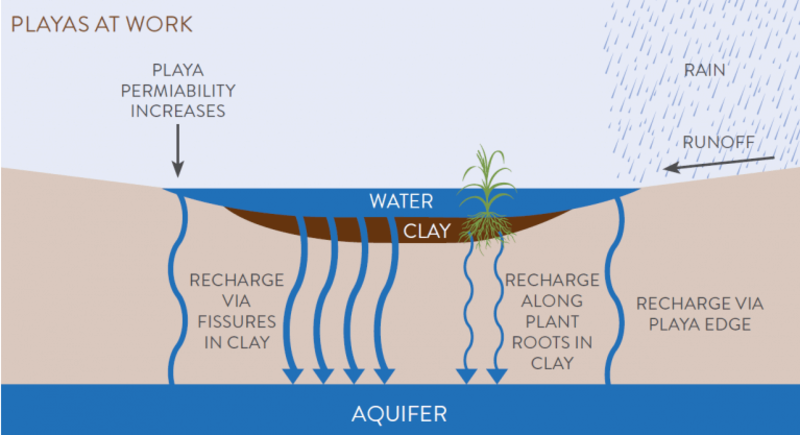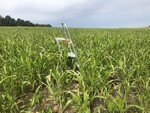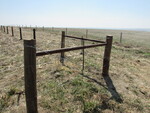Posted date: Nov 10, 2021
by: Admin My Local Life
697 Views

Wetland playas have the general characteristics: soggy soils, water-loving plants, and water. Scientists call them: hydric soils, hydrophytic vegetation, and wetland hydrology. A hydric soil is a soil formed under conditions of flooding or ponding long enough during the growing season to develop anaerobic conditions in the upper part of the soil. Anaerobic soils contain very little oxygen and slows water infiltration into the subsoil.
Playas are a valuable and crucial part of the Kansas Ecosystem. Playas have many benefits. They act as a giant sponge, slowly absorbing water and releasing it when necessary. Playas help return water into the Ogallala Aquifer. Because of the water in the playas, they serve as hosts to a variety of plant and animal species. Some species included are raccoons, bobcats, deer, hawks, ducks and geese. Playas also help protect from floods.
Of the playas in Kansas, about 4 of every 5 playas have been cropped. Approximately 75% of the playas in western Kansas are privately owned.
There are opportunities for planning assistance for landowners who want to restore playas or use them as wildlife habitat. You can contact Kansas Department of Wildlife and Parks, Pheasants Forever, Ducks Unlimited and USDA/NRCS. Some USDA programs available are:

1. Conservation Stewardship Program-CSP
2. Environmental Quality Incentive Program-EQIP
3. Wetland Reserve Easement-WRE
4. Conservation Reserve Program-CRP
5. State Conservation Program (Local Conservation District)
6. Ducks Unlimited Playa Lakes Initiative Program
If you have questions, contact your local County NRCS office.








